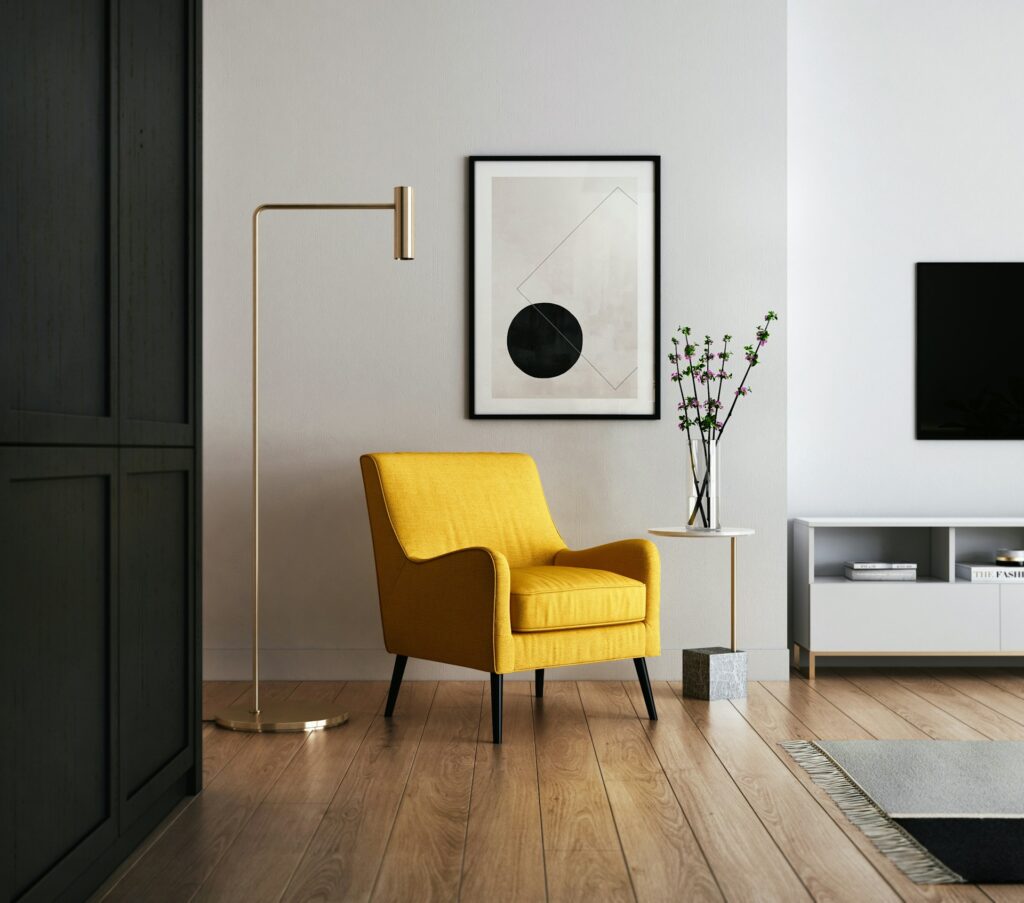Are you tired of settling for mass-produced furniture that lacks personality? Embark on a journey into the world of DIY furniture building, where creativity knows no bounds. Building your own furniture not only allows you to express your unique style but also provides a sense of accomplishment like no other. In this comprehensive guide, we’ll walk you through the process of DIY furniture building, covering everything from selecting materials to putting the finishing touches on your masterpiece.
Getting Started: Understanding DIY Furniture Building
Embarking on a DIY furniture project can be both exciting and daunting. Before diving in, familiarize yourself with the basics.
Crafting Your Vision: Begin by envisioning the type of furniture you want to build. Consider your space, style preferences, and skill level.
Essential Tools: Equip yourself with fundamental tools such as a saw, drill, hammer, and measuring tape. Investing in quality tools will make your projects smoother and more precise.
Selecting Materials: Choose high-quality materials that suit your design and budget. Whether you prefer wood, metal, or a combination of materials, ensure they align with your project’s requirements.
Planning Your Project: Design and Measurement
A solid plan is the foundation of every successful DIY furniture project. Take the time to map out your design and measurements before getting started.
Design Considerations: Sketch out your furniture design, including dimensions and specific features. This visual representation will guide you throughout the building process.
Accurate Measurements: Precision is key when it comes to measurements. Double-check all dimensions to avoid costly mistakes later on.
Material Estimation: Calculate the amount of material needed for your project, factoring in allowances for waste and mistakes.
Building Process: Step-by-Step Guide
With a well-defined plan in place, it’s time to roll up your sleeves and start building. Follow these steps for a seamless construction process.
Preparation: Set up a dedicated workspace with ample lighting and ventilation. Organize your tools and materials for easy access.
Assembly: Begin by assembling the base or frame of your furniture piece, following your design specifications. Use clamps to hold pieces together securely as you work.
Finishing Touches: Once the structure is complete, focus on sanding, staining, or painting to achieve the desired look. Don’t rush this step, as the finish can significantly impact the final appearance.
Troubleshooting: Common Challenges and Solutions
Even seasoned DIY enthusiasts encounter hurdles along the way. Here are some common challenges you may face during furniture building and how to overcome them.
Uneven Surfaces: If your furniture piece wobbles or sits unevenly, check for discrepancies in the legs’ lengths. Adjust as needed and ensure all components are securely fastened.
Misaligned Joints: For joints that don’t align perfectly, use wood filler or shims to fill gaps and create a seamless finish.
Finishing Flaws: Imperfections in the finish can detract from your furniture’s overall appearance. Sand down rough spots and apply additional coats of paint or stain as necessary.
Maintenance and Care: Extending the Lifespan of Your DIY Furniture
Congratulations on completing your DIY furniture masterpiece! To ensure it stands the test of time, proper maintenance is essential.
Regular Inspection: Periodically inspect your furniture for signs of wear and tear, such as loose joints or scratches. Address any issues promptly to prevent further damage.
Cleaning Routine: Maintain cleanliness by dusting regularly and wiping down surfaces with a mild cleaner. Avoid harsh chemicals that can damage the finish.
Protective Measures: Consider using coasters, placemats, or furniture pads to prevent scratches and water stains. These simple precautions can significantly extend your furniture’s lifespan.
Frequently Asked Questions
How difficult is DIY furniture building for beginners?
DIY furniture building can vary in complexity, but many projects are suitable for beginners with basic woodworking skills. Start with simple designs and gradually challenge yourself as you gain confidence.
What tools are essential for DIY furniture building?
Essential tools for DIY furniture building include a saw, drill, measuring tape, hammer, screwdriver set, and clamps. Invest in quality tools to ensure precise results.
How do I choose the right type of wood for my project?
Consider factors such as durability, appearance, and cost when selecting wood for your DIY furniture project. Popular options include pine, oak, maple, and plywood.
Can I customize existing furniture pieces through DIY methods?
Yes, DIY furniture building allows for endless customization possibilities. Whether you’re refinishing a thrift store find or repurposing old furniture, let your creativity shine.
Is DIY furniture building cost-effective compared to buying pre-made furniture?
While initial costs may be higher due to tool and material investments, DIY furniture building can ultimately save you money, especially for high-quality custom pieces.
How can I incorporate sustainable practices into DIY furniture building?
Opt for reclaimed or salvaged materials whenever possible to reduce waste and minimize environmental impact. Additionally, consider eco-friendly finishes and joinery techniques.
Conclusion
Embarking on a DIY furniture building journey opens up a world of creativity and self-expression. With the right tools, materials, and guidance, you can bring your design visions to life while enjoying the satisfaction of crafting something truly unique. Whether you’re a novice or seasoned DIY enthusiast, remember that every project is an opportunity to learn and grow.

